
MARCH 2023 (VOL.185)
Billy Matsunaga
- Home country/state /city:Germany
- Occupation:Kimono Teacher and Stylist
- Duration of living in Japan:About a decade
- Why do you live in Japan?:Because I wanted to.
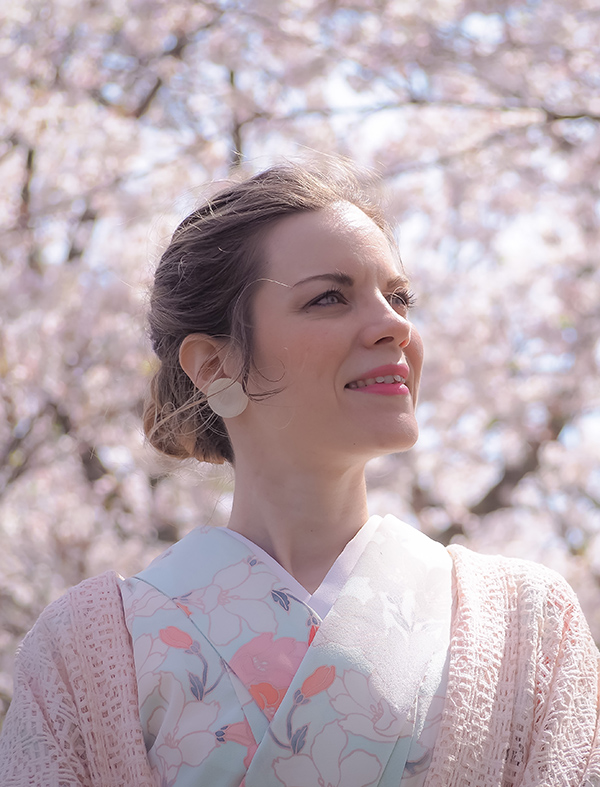
What do you do in Japan?
I’m a licensed kimono teacher and stylist. I’ve been studying the art of kitsuke (着付け, kimono dressing) for almost a decade and passed my teacher’s license after studying for 5 years in a kimono school 4 years ago. At first, it was just a hobby, but at the beginning of the pandemic, I wanted to pursue my dream of sharing authentic kimono knowledge and skills with the world. So, I started my own business by running an online kimono learning community. In this community, you can learn all about kimonos, how to wear kimonos and their textiles, dyes, history, and more. The community is in English and online, so everyone can join without any Japanese language skills.
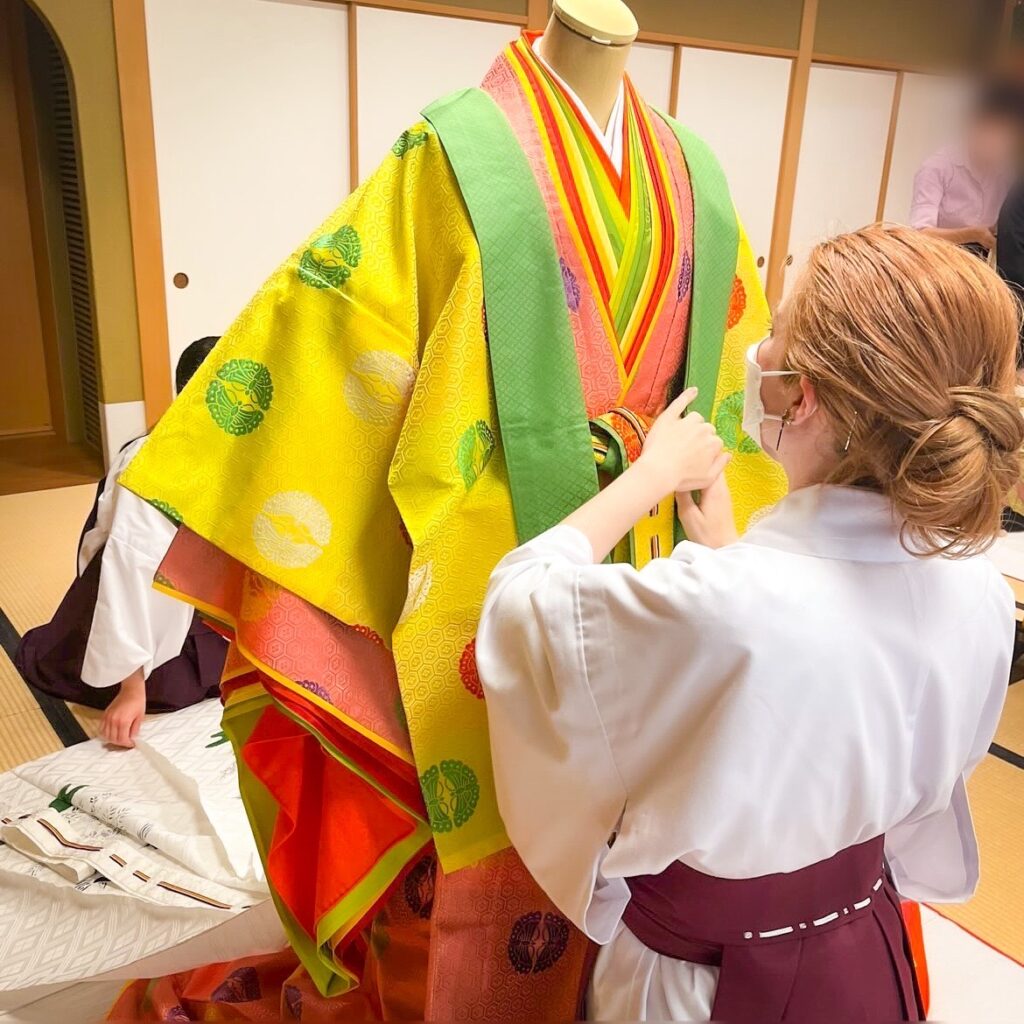


What do you think about working or studying in Japan?
I’ve never worked in Germany, so I don’t really know the differences to be able to build an opinion about working in Japan. However, I think you have to naturally fit in. Of course, there will be always aspects of culture or common opinions in Japan you don’t agree with. If those are getting too much and it feels restrictive, living and working here can be a real struggle. In the end, the pros have to overweigh the cons. But I think that this idea is not limited to Japan and speaks for living in any country on this planet – including our home countries.
What is the distinctive difference between your country’s lifestyle and Japan’s lifestyle?
I feel that in Germany we have a more laid-back and relaxed lifestyle. Just thinking about how on Sundays all stores and shopping malls are closed, which means the city centers are almost empty. In Japan, it’s always busy. Not only in the cities where most stores are open throughout the week, but even when you live in the Japanese countryside – like I do – the neighbors are always busy and always doing something. I’ve adapted this into my lifestyle too, and I enjoy it very much. When I visit my family and Germany, I find the calm Sundays very weird.
What do you appreciate most about Japanese culture?
Obviously, kimonos. I like Japanese daily fashion in general. It’s interesting to watch how the people on the streets dress according to the season. You see different colors and different textures of textiles as soon as the seasons are about to change. I deeply believe that this is a fragment of when Japanese people used to wear kimonos every day. Kimono has this deep understanding of colors and textiles for the seasons and dressing accordingly. I love that this way of styling seemingly has survived in the Japanese mind. After living here for a while, you catch yourself pulling out an autumn-colored wool knit in September, even though it’s still hot outside. But it’s supposed to be autumn, so you want to give yourself that autumn feeling like all the people around you (laughs)!
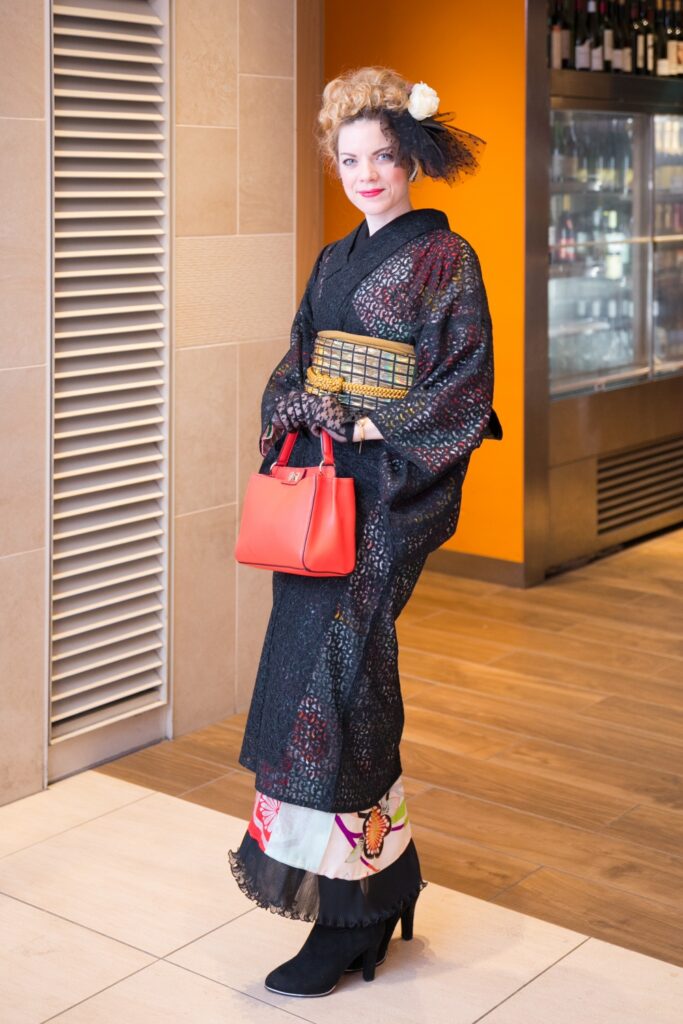
Which places in Japan do you recommend that foreigners see?
The island Kyushu (九州) is one of the best places in Japan. You could spend 2 weeks there and still haven’t seen everything. It’s believed that Kyushu was home to the earliest population on the Japanese archipelago, but it also played a big role in the Edo period (1603-1868) and the modernization of Japan during the Meiji Restoration (1868-1889). So, this island has a lot to show and teach about Japanese history and culture. But I very much recommend visiting any other parts of Japan too, so you can see the difference in culture, food, language and fashion in every area and island of Japan.
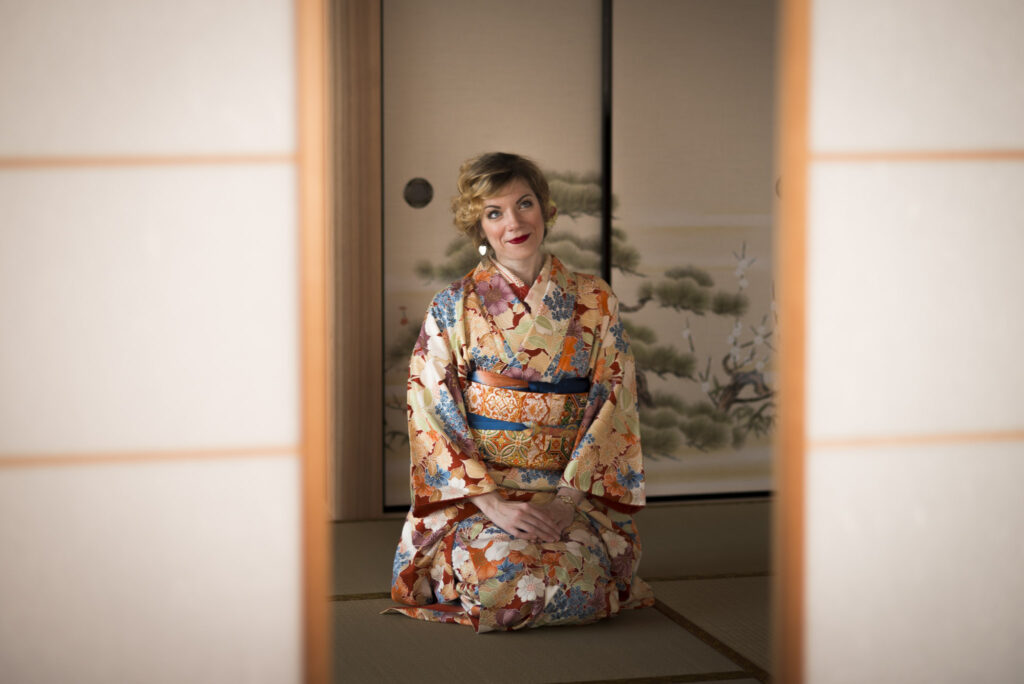
Would you like to continue to live in Japan for the rest of your life?
I can’t give a definite answer, because life is like a manju (饅頭, steamed bean-jam buns). You never know what kind of anko (あんこ, sweet red bean paste) is in it until you start eating. So, I will see what life brings and make a decision when it’s necessary. I want to keep an open mind about my future.
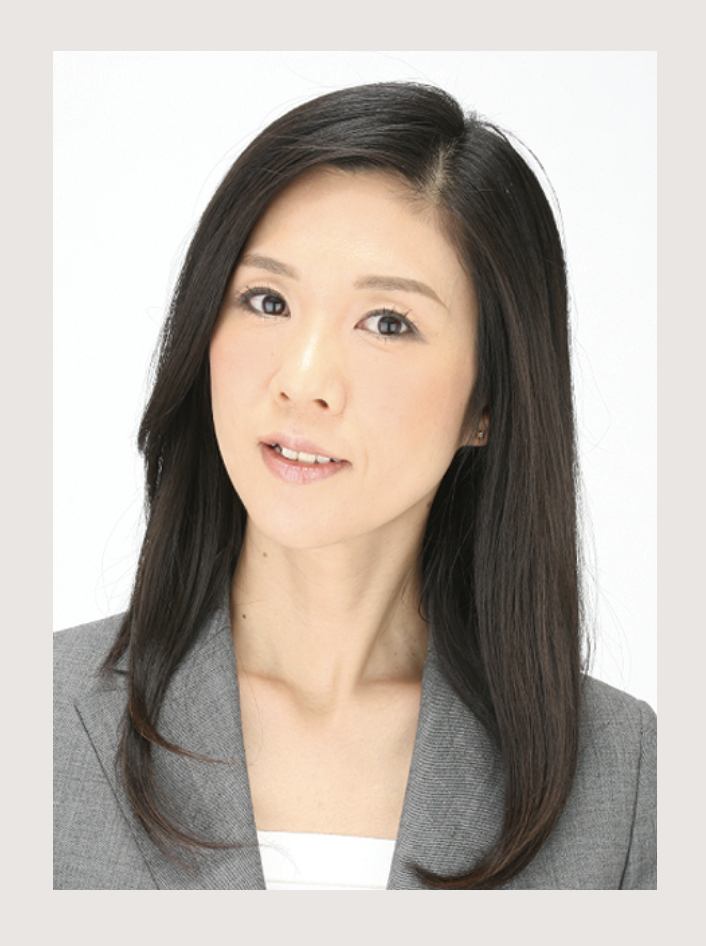
Writer: Minobu Kondo
Photojournalist in Tokyo, writing for Japanese and American magazines. Publishing an essay “101 of green stories” with the other Japanese artists such as Kosetsu Minami. Languages: Japanese, English and French.
V

![[EXCLUSIVE INTERVIEW] From Japan to the World: BE:FIRST's New Legend Begins in LA](https://japanupmagazine.com/wp-content/uploads/2025/03/09-4360_1218_2のコピー2-150x150.jpg)

![[Japanese Interviews: Life in LA] Takashi Uchida Film Editor / Director](https://japanupmagazine.com/wp-content/uploads/2025/05/LifeinLA_Interview_thumbnail-150x150.jpg)
